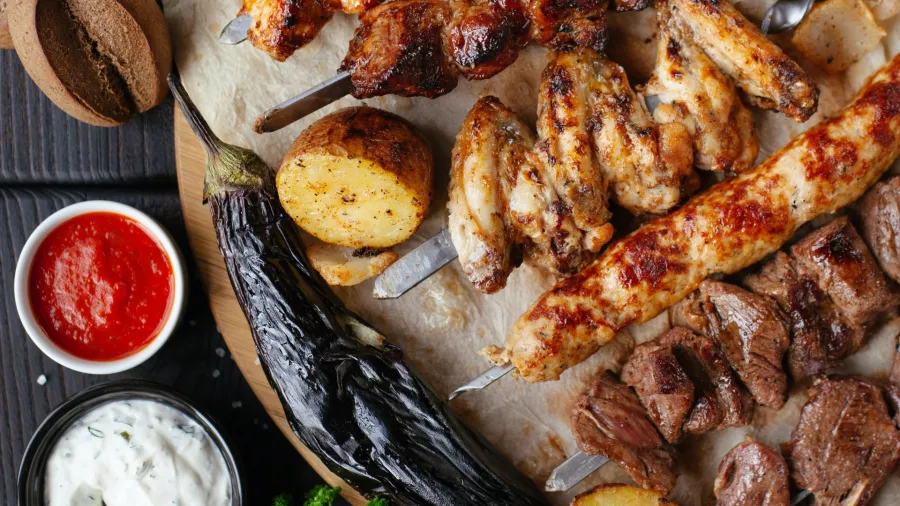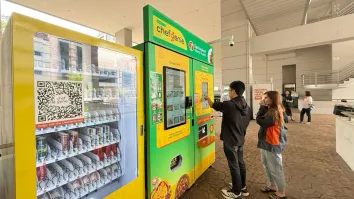
Ramadan fuels food innovation in SEA: analysts
Products that are customised for regional consumers are often popular, an analyst said.
Though high inflation suppressed consumer spending and new product development markedly in 2023, several F&B companies introduced new products with local ingredients and flavours to mark the Ramadan season, a report by GlobalData said.
According to GlobalData analysts, Ramadan is a peak sales period for food and beverage (F&B) businesses in Southeast Asia, which has a sizable Muslim population. Most new launches were localized, which can resonate strongly with Southeast Asian consumers. For instance, 41% of Indonesian respondents said that product attributes tailored to their region or culture are an essential feature they actively look for when making a purchase.
More from GlobalData:
Tim Hill, Key Account Director at GlobalData Singapore, comments: “Consumers stock up food and drinks for the ‘sehri’ (pre-dawn pre-fast meal) and ‘buka puasa’ (post-fast meal after sunset) during Ramadan and the Hari Raya Puasa (Eid-al-fitri) festival that follows it. F&B manufacturers and foodservice operators keenly eye a share of shopping carts and plates, as family and friends gather for meals and exchange gifts of food and drinks during the month,”
“Food marketers rolled out new offerings with a localized twist in 2023 despite inflation weighing down consumer sentiment. Such products that are customized for regional consumer palettes and preferences can appeal to consumers who typically pivot traditional foods during Ramadan and those who seek comfort foods during times of uncertainty.”
Bobby Verghese, Consumer Analyst at GlobalData, notes: “To localize products, F&B companies typically gain ideas from regional sehri and Iftar cuisine, such as dates, known locally as ‘kurma’. For instance, F&N and Goodday Milk unveiled kurma milk in Singapore and Malaysia in time for Ramadan in 2023. Also, Orang Tua (OT) debuted Panjang Jiwo, a functional drink infused with timun suri melons, inspired by the popular Ramadan drink, Es Timun suri. Additionally, BJC Foods launched Wise Cottage Fries Sambal Udang in Malaysia, inspired by the Malay dish, Sambal Udang.
“Not to be left behind, hotel, restaurant, and café (HoReCa) operators were also quick to tap into the festive mood, with localized offerings to attract family and friends gathering for meals after breaking their daily fast. For instance, Elevete Patisserie unveiled its Ramadan collection of treats with a contemporary twist on traditional Malay desserts. The fast-food chain, Marrybrown launched a Riang Ramadan Raya menu with the popular local flavor, Rendang.”
Verghese adds: “Going beyond these common flavors, F&B companies can draw ingredient and flavor ideas for new product launches from other Ramadan season favorites in the Southeast Asian region, such as Es Pisang Ijo, Lodeh, Kicak, Ketupat, Kolak, Nasi Kerabu, and Serunding. Companies can also experiment with fusion flavors from the diverse array of Burmese, Chinese, Indian, Khmer, Malay, Filipino, and Thai dishes that make up Southeast Asia’s diverse culinary fabric. For instance, emart24 launched Korean-Malay fusion dishes in its convenience store chain in Malaysia in partnership with leading spices and seasonings maker, Adabi.”
Hill concludes: “Such localized innovations are pivotal for F&B companies in cementing their brands/labels in consumers’ minds. With the pandemic concerns behind them, consumers are yearning for such personalized offerings. This resonates with GlobalData’s 2022 consumer survey finding that 65% of Indonesians and 70% of Malaysians feel that brands should tailor their products to different ethnicities.”




























